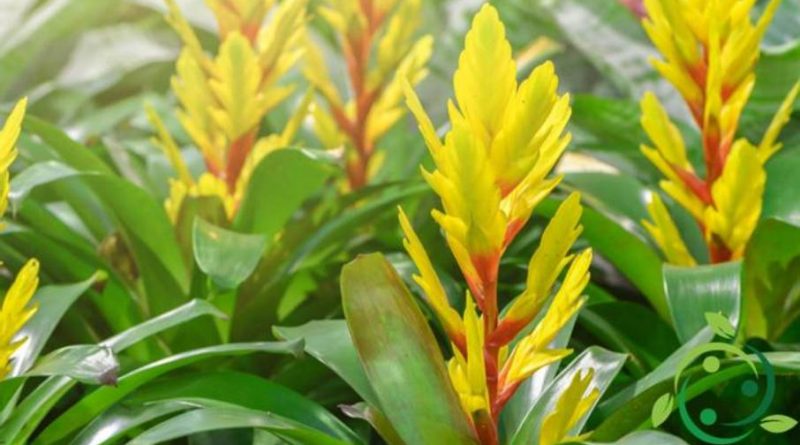How to cultivate Vriesea
How to cultivate Vriesea
A genus of epiphytic plants similar to the genus Tillandsia belongs to the genus Vriesea that belongs to the Bromeliaceae family and a native of South America.
In these plants the leaves form a central cup, in which rainwater, dust, earth, organic fragments and the remains of small dead animals come to collect.
The plant uses all these materials which, when decomposed, form a nutritive pulp which is absorbed by special hairs present on the inner surface of the cup, allowing the plant to absorb water and nutrients regularly. In the central cup they find the optimal habitat, specialized associations and details of plants and animals.
The inflorescences of these plants originate from the center of the cup and are flat, compact and regular spikes which are brightly colored from yellow to bright red.
Just under 400 species belong to the genus Vriesea, of which we include, however, those most cultivated for ornamental purposes.
Among the species cultivated as ornamental plants there are:
– Vriesea splendens (Brongn.) Lem .; it is a plant native to Venezuela and the Caribbean Islands, with the typical bright green leaves, zebra-striped with purple streaks, about 50 cm high; from the central cup after a few years, a spike high over 60 cm emerges, with bracts colored with bright red, from which small yellow flowers emerge;
– Vriesea fenestralis Linden & André; larger species than V. splendens, with pale green leaves covered with dark spots;
– Vriesea saundersii (Carrière) E.Morren; plant with gray-green leaves with light pink underside, forming a flattened rosette, from which emerges a yellow floral spike;
– Vriesea imperialis; very beautiful plant with intense green leaves and spectacular inflorescences.
In this card we will also see how to grow Vriesea taking into account its soil and climatic needs, considering that it is species that can be cultivated, due to their needs especially as ornamental plants in greenhouses or apartments.
The first attention must be placed on the choice of the substrate. This must be woody, covered with moss. The environment where Vriesea is to be cultivated requires filtered sunlight in warm-humid conditions.
The Vriesea is then fertilized monthly using a medium concentration liquid fertilizer, wetting the leaves, the central cup and the aerial roots.
As for water supplies, these are plants that need regular watering, taking care to keep the central cup full of fresh water that must be emptied and filled with clean water at least once a month.
Furthermore, care must be taken to never place the fertilizer or any other substance directly inside the central cup.
This plant, as for others, if cultivated in pots should be repotted in the spring period, a period that should also be used to re-plant the potted plants; for these operations a specific soil for bromeliads should be used.

